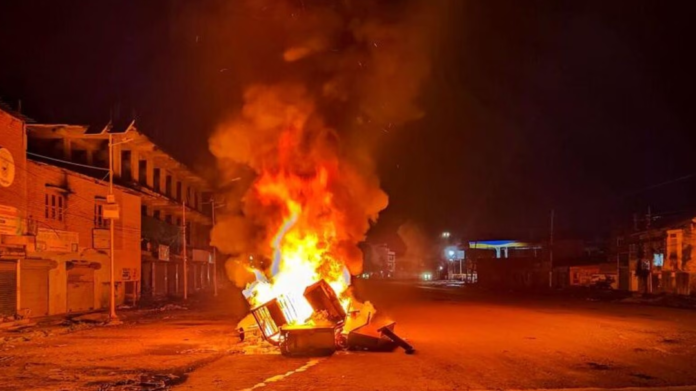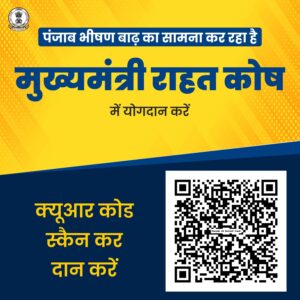In a significant development, the Manipur High Court has issued an order to expunge a contentious paragraph from its March 2023 directive. This paragraph, which suggested considering granting Scheduled Tribe (ST) status to the Meitei community, has been deemed contradictory to the constitutional stance established by the Supreme Court.
During a review petition hearing, a single-judge bench presided over by Justice Golmei Gaiphulshillu rescinded the directive, citing the need for alignment with the procedures outlined by the Government of India for amendments to the Scheduled Tribe list. The court emphasized adherence to the constitutional protocol and highlighted the limitations on judicial interference in matters concerning Scheduled Tribe classifications, as elucidated by a Supreme Court constitution bench ruling in November 2000.
The ruling, delivered on February 21, ordered the removal of the contentious paragraph from the March 27, 2023, verdict, emphasizing the necessity of abiding by the Supreme Court’s constitutional interpretation. This decision comes amidst a backdrop of ethnic violence that erupted following the issuance of the original directive in March 2023, which claimed over 200 lives.
The Supreme Court, in a subsequent development on May 17 of the same year, denounced the Manipur High Court’s directive as “obnoxious” and considered staying the order due to perceived inaccuracies. However, the apex court refrained from addressing the core legal aspects, as challenges to the high court’s decision were pending before a larger division bench.
The violent unrest in Manipur, stemming from dissent over the Meitei community’s aspiration for Scheduled Tribe status, underscores the complex demographic dynamics of the region. Meiteis, constituting a majority at 53% of the population, primarily reside in the Imphal Valley, while tribal communities such as Nagas and Kukis, accounting for 40%, predominantly inhabit the hill districts.
As legal proceedings continue, particularly regarding intra-court appeals, the Supreme Court has invited tribal participation, particularly from the Kukis, in addressing the ongoing legal discourse surrounding this contentious issue.



